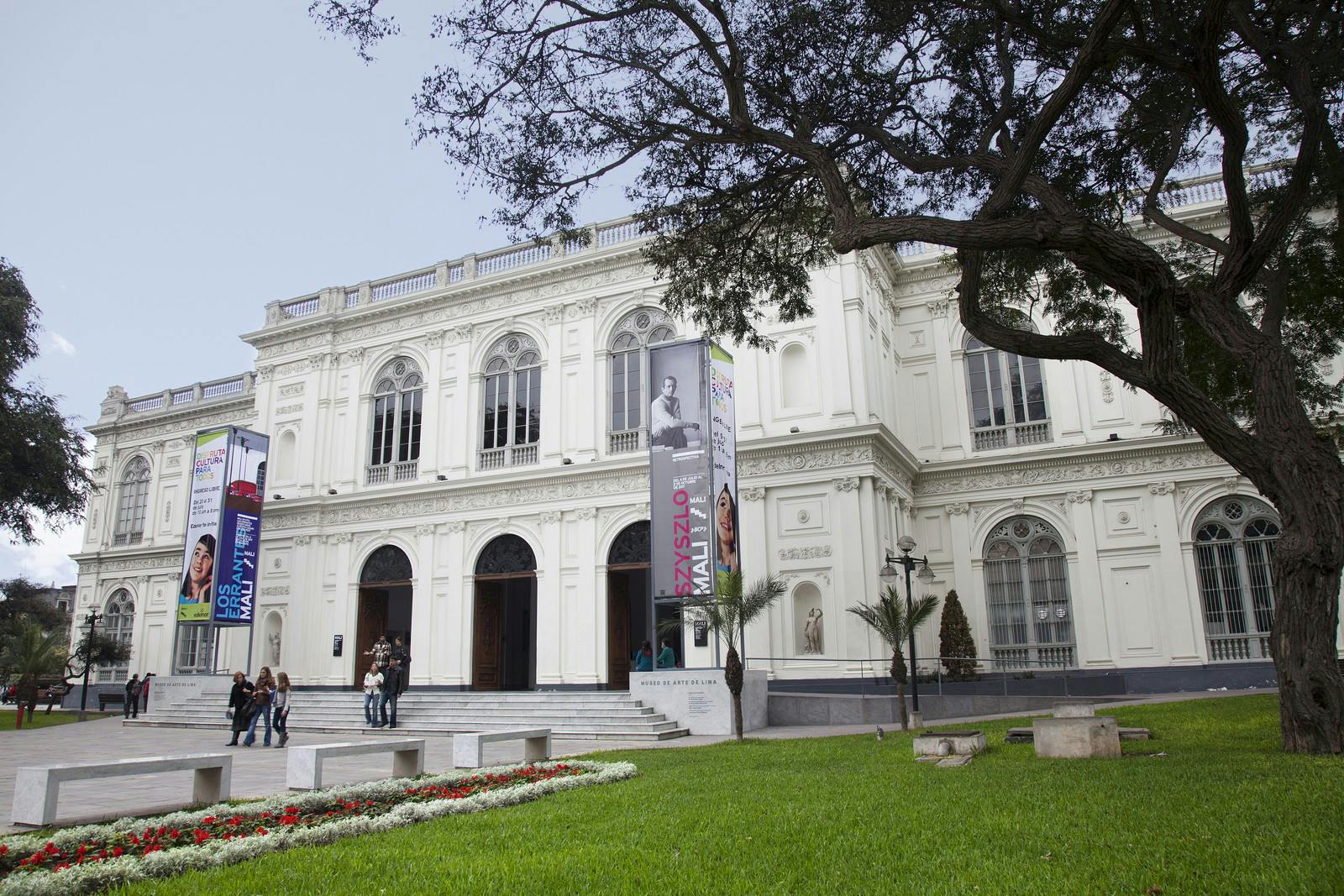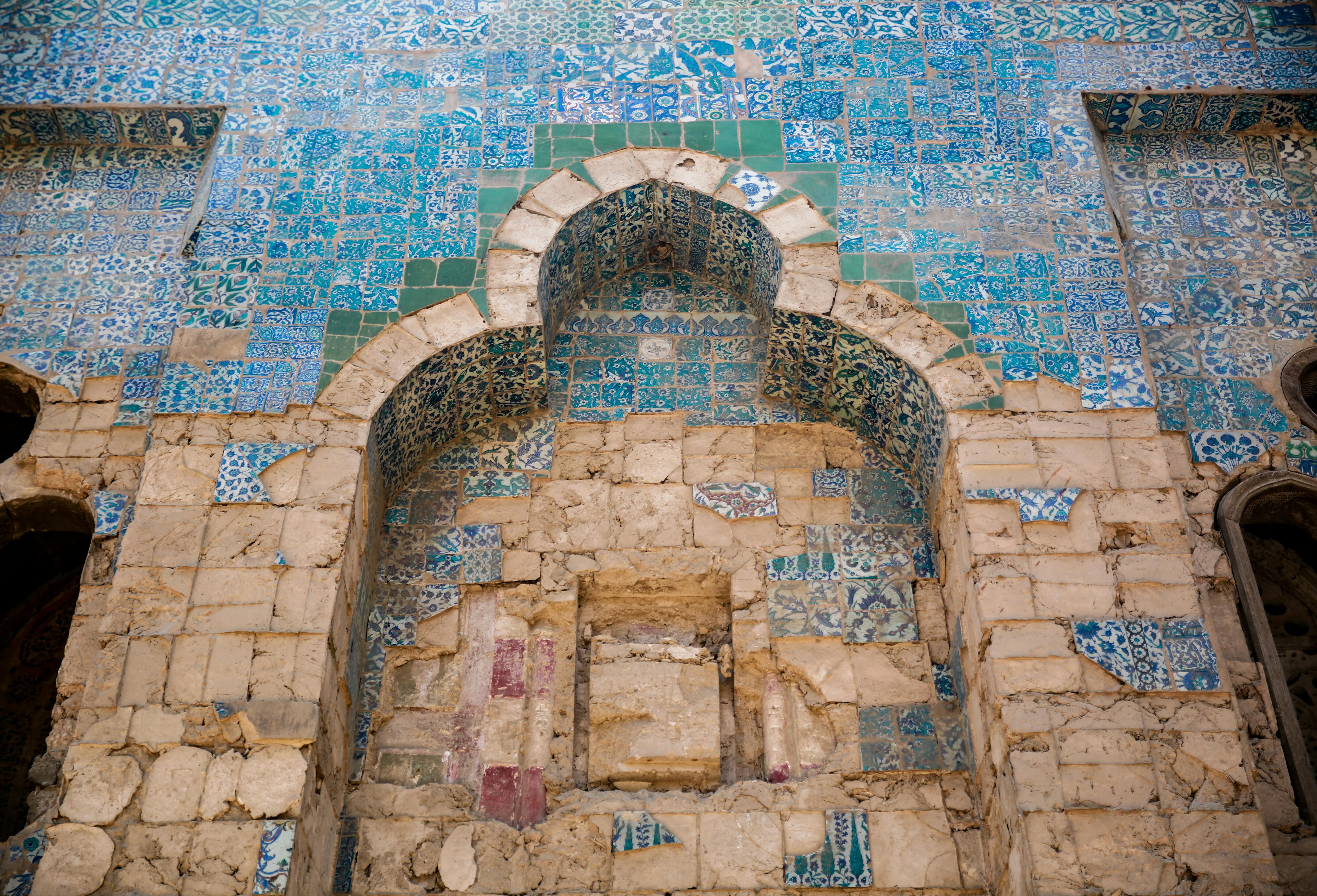Royal Monastery of Guadalupe

A Gothic Masterpiece
Built in 1389 to commemorate a miraculous appearance of the Virgin, the Royal Monastery of Guadalupe sits at 660 meters in the Villuerca Mountains of Spain. This Gothic masterpiece, marked by defensive walls, round towers, and intricate courtyards, became the principal monastic institution under Spanish royal patronage. Kings enriched its collections with lavish additions, including a new chancel, reliquary chapel, and a sacristy adorned with Francisco de Zurbarán’s masterpieces. Historically significant, it was the site where Columbus petitioned Queen Isabella for his westward voyages. Its geometric medieval garden symbolizes sacredness in both Christianity and Islam, embodying a cultural and spiritual dialogue. Now a museum and active monastic community, Guadalupe remains one of Christendom’s holiest pilgrimage sites, continuing its tradition of welcoming visitors with a hospedería run by the monks.


Restoration and Preservation Efforts
Constructed by Arab craftsmen, the cloister reflects a unique blend of Islamic and Gothic styles, featuring ornate arches, colorful stucco, and polychromatic tiles. Its gardens harmoniously blend Christian and Islamic iconography. After its abandonment during the Napoleonic occupation, the monastery fell into disrepair throughout the 19th century, hastening its decline.
In the late 1980s, WMF conducted a conditions survey to assess decay and materials. Between 1989 and 1992, restoration work included stabilizing the cloister, reconstructing the original garden and fountain, replicating ceramic finials, and restoring the polychromatic tile scheme of the templete, the fountain house of the cloister. The project celebrated the monastery’s significance as an art and architectural marvel and was completed in 1992, coinciding with Spain’s Quincentenary of Columbus’s voyages. WMF collaborated with the Institute for the Conservation and Restoration of Cultural Heritage in Madrid and the Autonomous Government of Extremadura. In 1993, the site was inscribed on UNESCO’s World Heritage list, recognizing its global cultural significance.


News & Updates
Resources
Protegiendo nuestra madera: Una guía de recursos e incentivos para la conservación de la arquitectura histórica de madera en Puerto Rico
Acogiendo el turismo: Cruceros en comunidades portuarias históricas
A Walk Around Jantar Mantar
Siri and its Surroundings
South Shahjahanabad
Safdarjung's Tomb and its Surroundings
Related Projects

Abydos
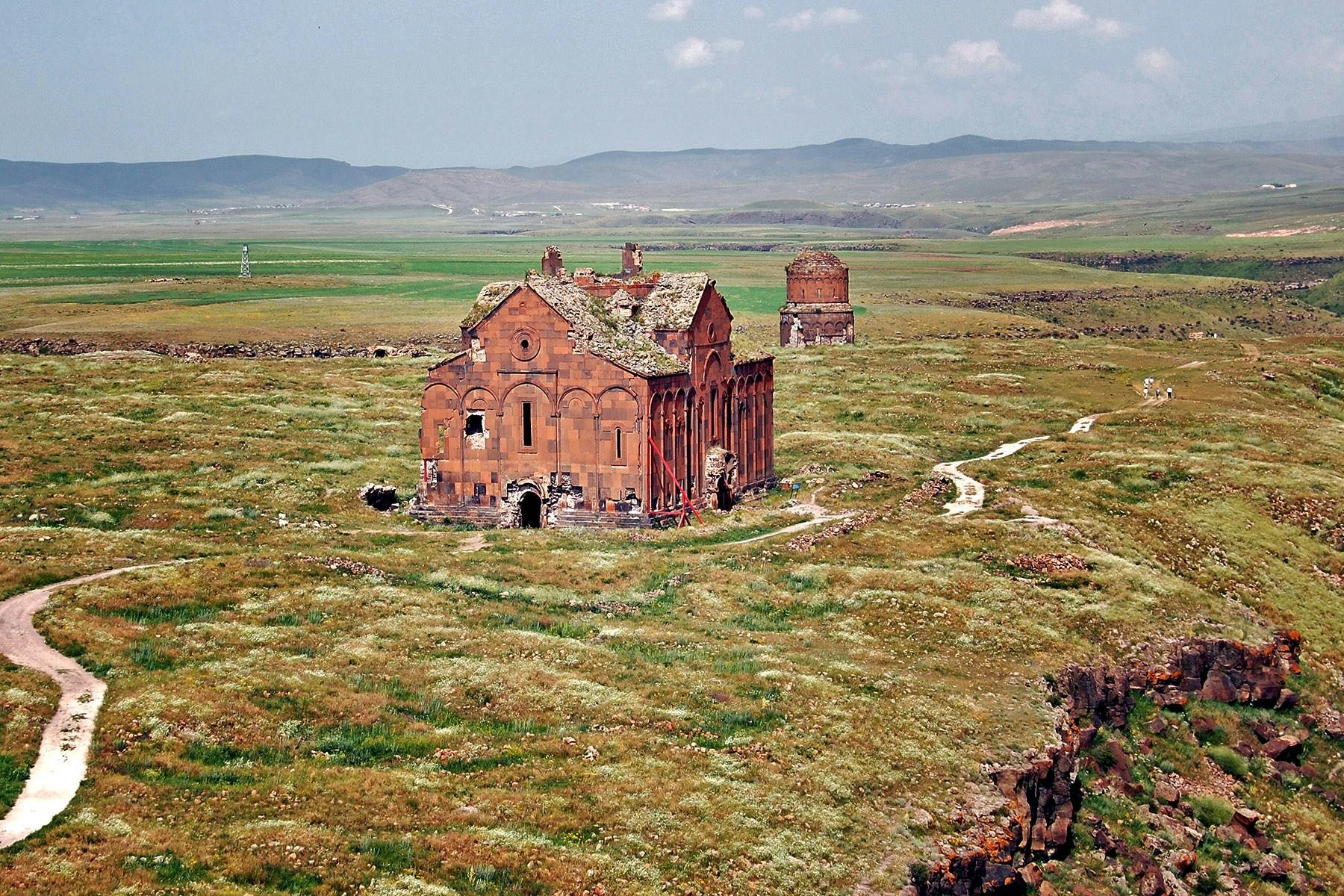
Ani Cathedral
Located in modern-day eastern Türkiye, Ani Cathedral is one of the most significant architectural structures remaining from the prosperous Armenian Bagratid period in the tenth and eleventh centuries.
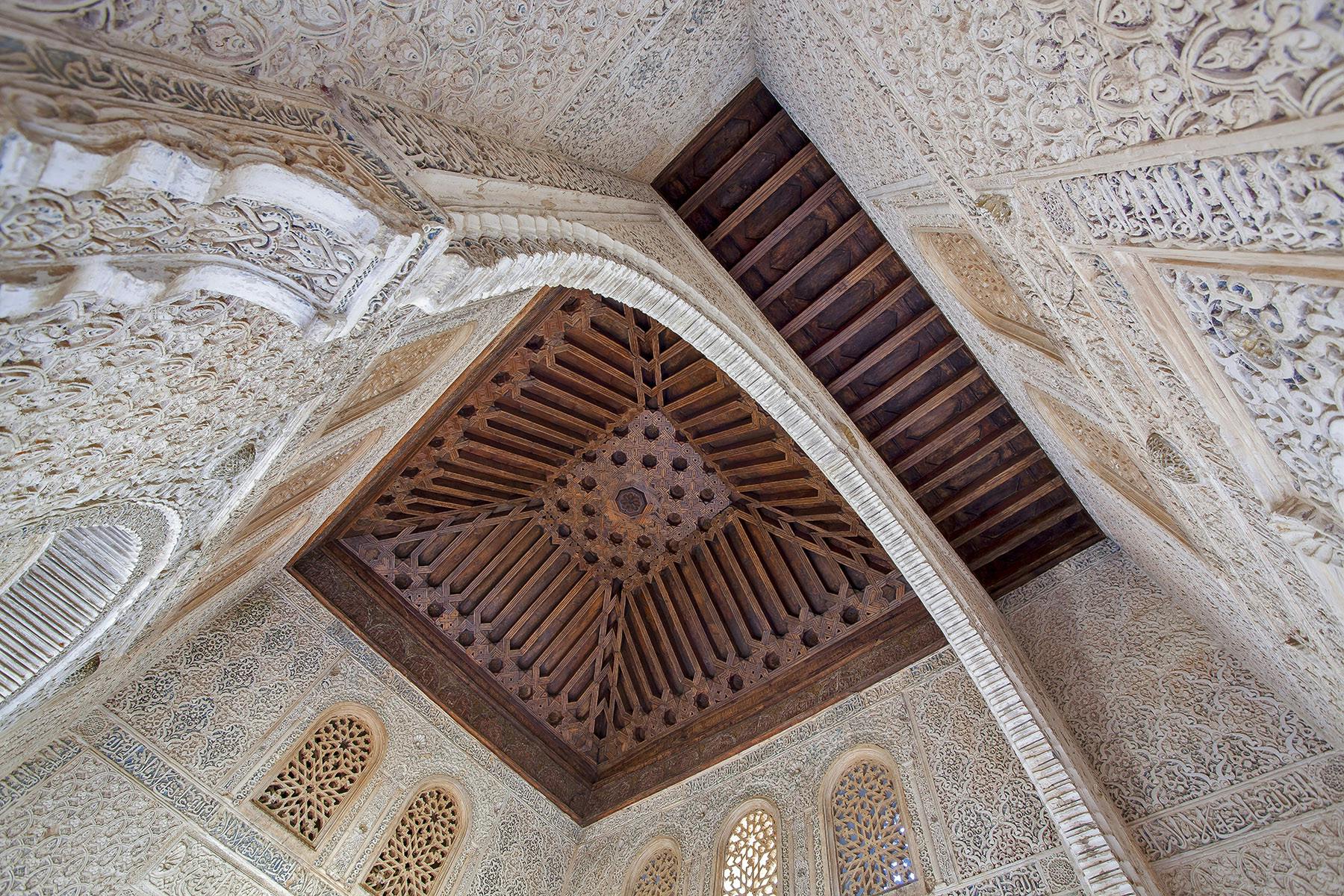
Alhambra
The Alhambra was begun in the mid-thirteenth century to serve as the palace and fortress complex of the Moorish Nasrid dynasty.
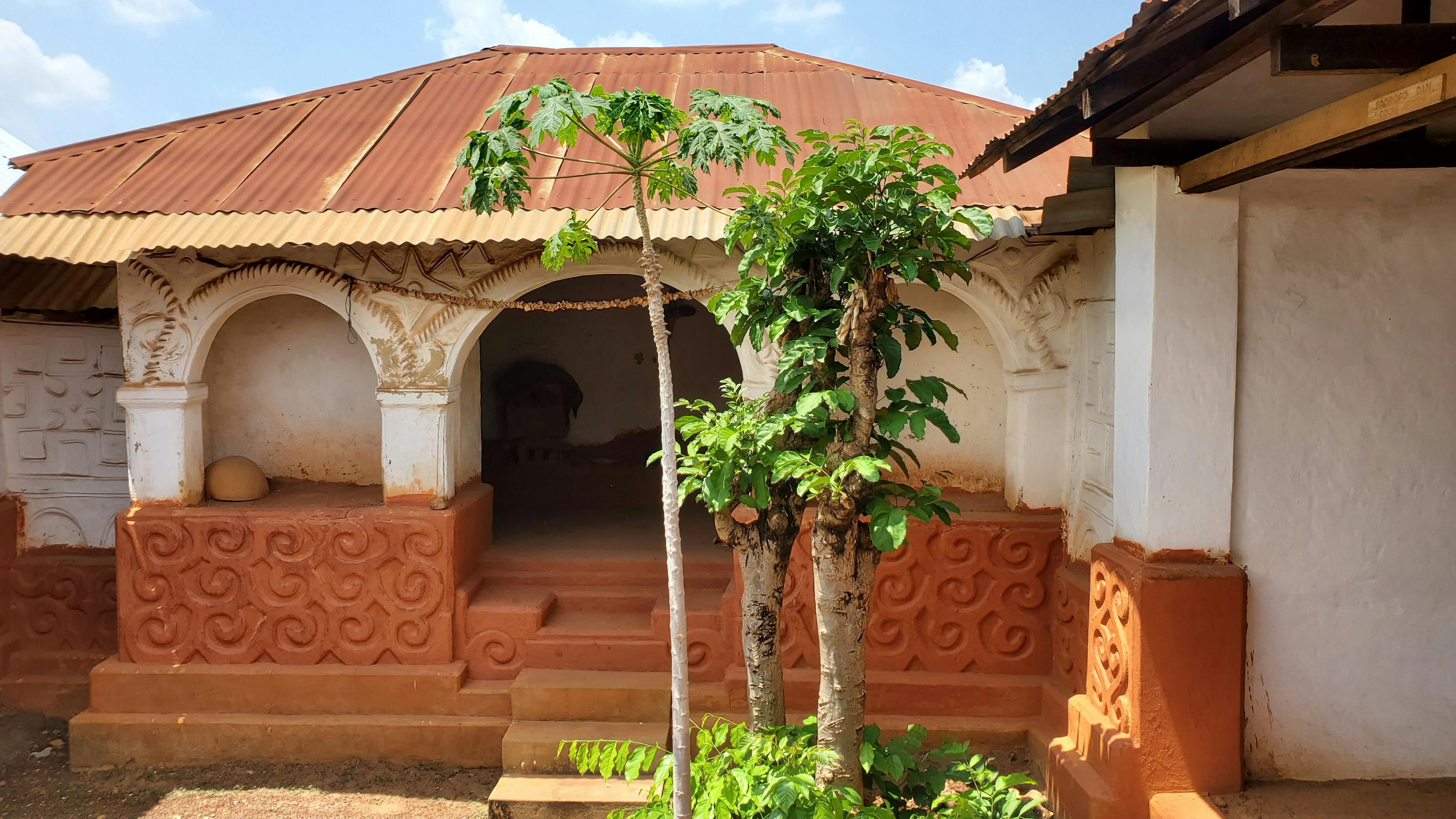
Asante Traditional Buildings
